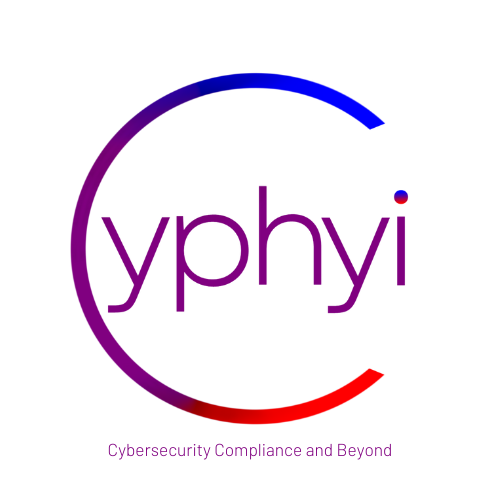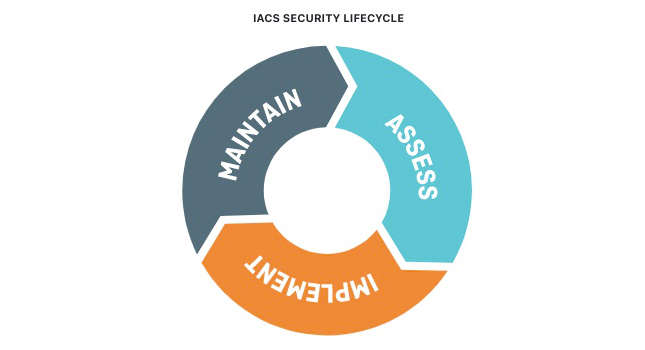The automotive industry is undergoing a transformation, driven by smart factories, automation, and data-driven production. At the heart of this evolution lies the Industrial Automation and Control System (IACS) infrastructure — from PLCs and SCADA to robotic cells and sensor networks. While these systems enable efficient, high-precision manufacturing, they also introduce new and complex cybersecurity challenges.
Threat Landscape in Automotive IACS
Automotive manufacturing environments are high-value targets due to:
- Intellectual property (IP) concentration (e.g., process recipes, design data)
- High operational uptime requirements
- Integration with enterprise systems and external suppliers
Common threats include:
- Malware propagation through USBs or remote connections
- Ransomware attacks
- Lateral movement from compromised IT systems to OT networks
- Unauthorized access to PLCs, HMIs, or robots
- Supply chain manipulation via insecure firmware or components
Standards and Compliance
The IEC 62443 series is the leading standard for securing IACS systems. Key elements relevant to automotive include:
- Security levels for zones and conduits (SL 1–4)
- Role-based access control (RBAC)
- Secure configuration and patch management
- Continuous monitoring and anomaly detection
In parallel, manufacturers also align with ISO/SAE 21434 on the product cybersecurity side, especially when connectivity extends from production systems to vehicle ECUs.
Best Practices
To improve cybersecurity posture in automotive IACS:
- Apply network segmentation between IT and OT systems
- Enforce least privilege access across engineering workstations
- Monitor and baseline traffic using industrial-aware IDS/IPS
- Regularly assess risks via structured asset inventories and threat modeling
- Ensure vendor and contractor security policies are enforced on-site
Automotive-Specific Challenges
- Legacy systems on the shop floor with long operational lifespans
- Infrequent patch cycles due to production downtime costs
- Mixing of proprietary protocols with open interfaces (e.g., OPC UA)
With increasing digitization, OEMs and Tier 1s must prioritize the resilience of IACS environments to ensure operational continuity, protect IP, and avoid production halts caused by cyber incidents. IEC 62443 provides a strong framework, but it must be supported by a proactive and risk-informed cybersecurity program that spans both IT and OT domains.


